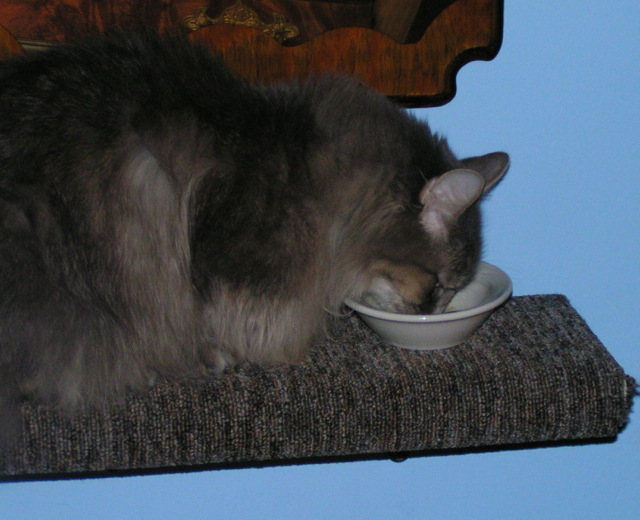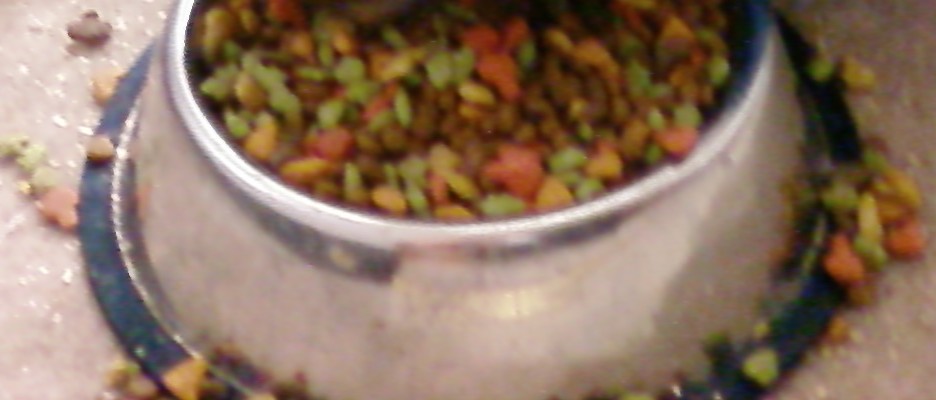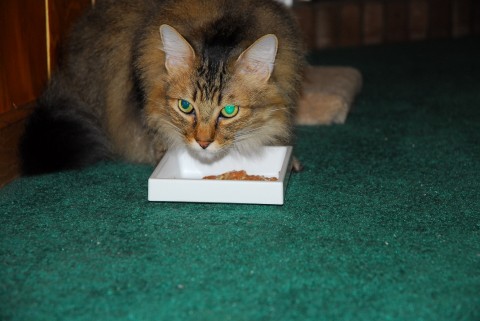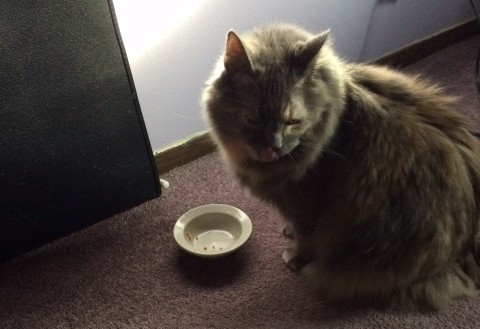One of the things that we often worry about with our cats is what’s in their food, and one thing that veterinarians often hear from cat parents is that food is low-quality because it contains too many fillers. However, when it comes to veterinary nutrition, the definition of “filler” is very broad. Do we actually know what fillers in cat food are?
Defining fillers in cat food
Petplace says that veterinarians tend to define “filler” as the following:
“A filler is any lower-quality, typically less-expensive, usually bulky, starchy and carb-rich ingredient that could have been replaced by a higher quality, more biologically available one.”
How broad and vague. Does that answer your question about fillers in cat food? It doesn’t answer mine. Thankfully, Petplace knows that, and went on to explain that there are three steps to telling what is a filler, and what isn’t.
Step 1 in determining what are, and what aren’t, fillers in cat food
The first step is to read the first few ingredients on the food. They’re listed in descending order of weight as they’re added to the formula, so the first five ingredients make up the bulk of the food.
According to Dr. Lisa Pierson, canned foods not only contain an appropriate amount of water for your cat (cats need water with their food), they’re also more likely to contain animal-based protein, instead of plant-based protein. Cats can’t metabolize plant-based protein; they lack the enzymes for it.
Step 2 in figuring out fillers in cat food
Petplace says the second step towards determining the fillers in cat food is to factor out water content. The first ingredient on food might be chicken, but chicken is about 70 percent water. Comparatively, ground corn and corn gluten are dry products; they have a very low water content. The food would have to contain a lot more chicken to compare to the corn content, because of all the water. So the actual chicken content of a bag or can of food might actually be less than that of the next few ingredients listed.
In this case, Petplace says the the corn products are very likely fillers, since they make up the bulk of the food and don’t really contribute anything nutritionally. You’re also not really getting what you think you’re getting, based on the images on the packaging. Fillers in cat food generally take the shape of grains and other starchy products, like potatoes. But this is how you can tell whether corn, or other grains or vegetables, are fillers.
Step 3 is probably the hardest way to determine fillers in cat food
The third step in figuring out what the fillers in cat food are is to consider the way whole ingredients are represented. How do you do that? Pet food labels are deliberately misleading, and the law allows that. The manufacturers try to game the system by listing one ingredient in several ways, like chicken broth and chicken, corn gluten and ground corn. These sound different, but in the end, the top four ingredients are really two. Petplace says that they do this to make you think you’re getting either more, or less, of a particular ingredient than you actually are.
Petplace ends their discussion of fillers in cat food by questioning whether grain-based diets are appropriate for cats. As Dr. Pierson and Dr. Karen Becker both say, it’s not. Cats are strict carnivores that need animal protein to remain their healthiest. We feed our cats a homemade raw diet, on which they’re doing very well. But Dr. Pierson says that a food that contains higher amounts of animal protein is better than even a grain-free food that contains less protein.
It’s hard to figure out how much fillers are in your cat’s food, because pet food labels are deliberately misleading. However, perhaps these steps will help you determine the fillers in cat food, so you can select the best diet possible for your cat.
**This article assumes that your cat is healthy. If your vet has put your cat on a prescription diet, it’s best to stick with that.**





